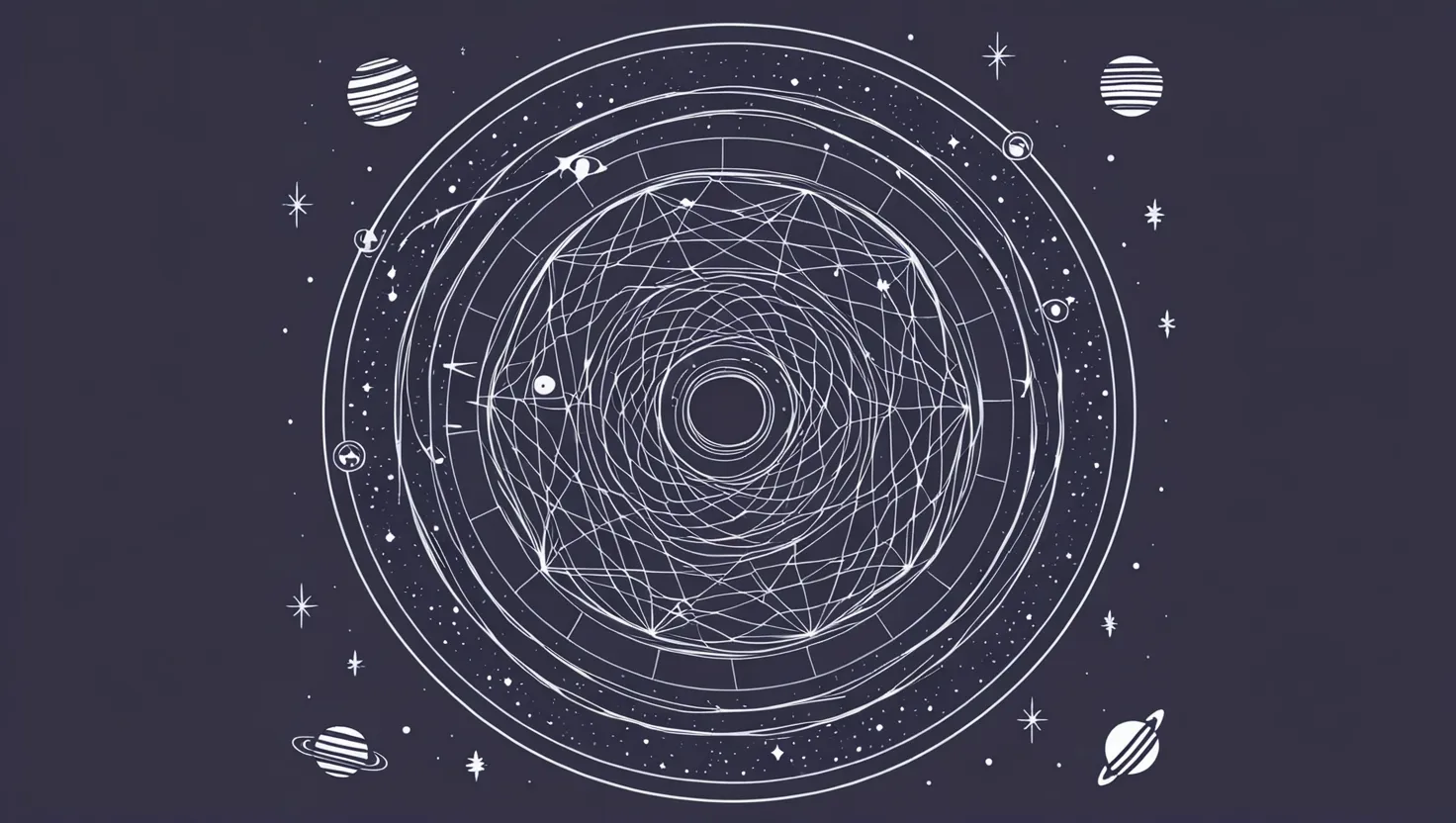As I delve into the mystical world of Nada Yoga, I find myself enveloped in a realm where sound and vibration are not just mere sensory experiences, but a gateway to the very essence of the universe. This ancient practice, rooted deeply in Vedic wisdom, offers a unique and profound path to spiritual awakening, one that transcends the physical postures and breathing techniques that are more commonly associated with yoga.
The Universe as a Symphony of Vibrations
In the Vedic tradition, the universe is often described as a vast, intricate symphony of vibrations. Every particle, every atom, and every molecule is believed to be in a state of constant vibration. This concept is encapsulated in the idea of Nada Brahman, or the cosmic sound, which is the primordial vibration from which the entire universe is said to have originated. This sound is often symbolized by the mantra “Om,” which is considered the sound form of God, pervading all creation.
The Dual Nature of Sound: Anahata and Ahata
Nada Yoga distinguishes between two types of sound: Anahata and Ahata. Anahata, or the unstruck sound, is the internal, silent vibration that is believed to be continuously present within us. It is described as the “sound of silence” or the “sound of the universe” and is associated with the heart chakra, a highly sensitive energy center that receives sound both internally and externally. This sound is not something that can be heard with the physical ears but is rather a deep, inner resonance that can be felt through silent meditation, breathing exercises, or singing.
On the other hand, Ahata, or the struck sound, refers to the external vibrations that we can perceive with our senses. This includes music, nature’s melodies, and all other sounds that surround us. Ahata sounds are used in Nada Yoga to cleanse and connect with the seven chakras of the body, with specific raags (melodic modes) prescribed to achieve this goal.
The Journey Through Sound
The practice of Nada Yoga is a journey that takes the practitioner through various stages, each designed to deepen the connection with the cosmic vibration. It begins with Vaikhari, the stage of audible sound, where one develops an acute awareness of the external sounds around them. This stage involves listening to and appreciating the intricate web of vibrations that make up our environment.
As the practice progresses, the focus shifts to Madhyama, the mental sound, where the practitioner explores the subtler vibrations within the mind. Here, one begins to experience the vibrational qualities of thoughts and inner mental activities, transcending the limitations of external auditory perception.
The next stage is Pashyanta, the subconscious sound, where the practitioner delves into the visual or subconscious sounds that are seen or felt rather than heard. This is a deeper level of internalization, where one explores the more subtle and hidden aspects of sound within the inner consciousness.
Finally, there is Paranada, the transcendent sound, where the practitioner connects with the unstruck sound, beyond the limitations of audible or mental sounds. This is the stage of perceiving the cosmic vibration, the unmanifested sound that goes beyond the ordinary boundaries of perception. Here, one may experience a profound sense of unity and oneness with the universal sound, transcending the individual self.
The Role of Music and Mantras
Music and mantras play a pivotal role in Nada Yoga. Great saints and musicians like Thyagaraja, Meerabai, Kabir, and Purandaradasa used music as a channel to express their spiritual longing and to connect with the divine. Their compositions, still sung fervently today, are not just brilliant pieces of music but also powerful tools for spiritual growth.
Mantras, in particular, are used to tap into the primal sounds that shape our reality. The Sanskrit alphabet, with its 50 letters, is considered the Matrika, or the prime power of creation. Each letter and sound is believed to have the power to manifest and shape our world. By using these mantras, practitioners of Nada Yoga aim to redirect the forces of nature and the movements of their mind and heart to achieve a deeper unity with the cosmos.
Healing and Transformation
Nada Yoga is not just a spiritual practice but also a form of medicine and therapy. The use of vibrations and resonances in Nada Yoga is designed to heal psychological and spiritual conditions. By focusing on internal sounds and cosmic vibrations, practitioners can quiet the mind, balance the emotions, and connect with higher states of consciousness. This practice has been known to bring deep peace and self-awakening, making it a powerful tool for personal transformation.
Personal Experiences and Insights
As I reflect on my own journey with Nada Yoga, I recall moments where the silence following a musical performance felt more profound than the music itself. It was as if the absence of sound was not emptiness but an energy-charged, pulsing fullness. This experience resonates with the words of Pandit Shivkumar Sharma, who once described his dream of playing music that would make listeners forget to clap, immersing them in a state of deep meditation.
In my practice, I have found that the use of mantras and internal sounds helps me connect with a deeper part of myself. It’s as if the sounds awaken a part of my consciousness that lies beyond the reach of my everyday thoughts. This connection feels like a homecoming, a sense of being in harmony with the universe.
The Universal Significance of Sound
The significance of sound in Nada Yoga extends beyond the individual practitioner. It speaks to a universal truth about the nature of reality itself. Everything in the universe, from human DNA to distant galaxies, has its own unique sound and vibration. When we tune into these vibrations, we are essentially tuning into the very fabric of existence.
This understanding is reflected in various spiritual traditions around the world. For instance, in Tibetan Buddhism, scriptures are read and sacred mantras are chanted during the dying process to bring peace and ensure a good rebirth. Similarly, in Nada Yoga, the use of sound and mantras is seen as a way to connect with the cosmic consciousness, even in the most critical moments of life.
Conclusion
Nada Yoga is more than just a practice; it is a way of life that connects us with the deepest vibrations of the universe. By exploring the internal and external sounds, we embark on a journey that can lead to profound spiritual awakening and personal transformation. As we delve deeper into this ancient practice, we find that the power of sound is not just a tool for healing and meditation but a bridge that connects us with the very essence of existence.
In this cosmic dance of vibrations, we are not just passive listeners; we are active participants, using sound to shape our reality and find harmony within ourselves and the world around us. As we tune into the universal sound, we become one with the cosmos, experiencing a sense of unity and oneness that transcends the boundaries of our individual selves. This is the true magic of Nada Yoga, a practice that invites us to listen, to feel, and to become the music of the universe itself.






